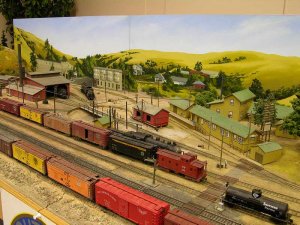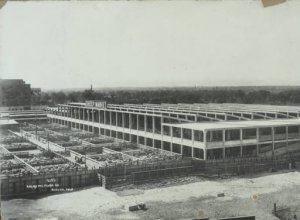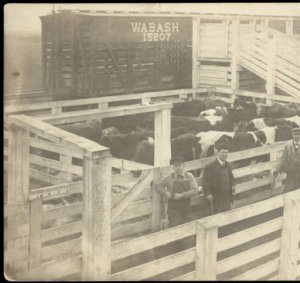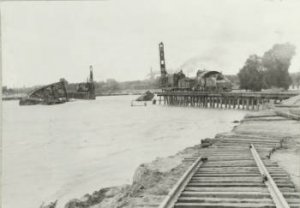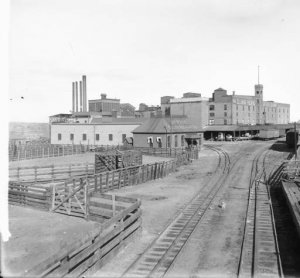Iron Horseman
Well-Known Member
Ok, I'm understanding much better what you are doing.
No, and no. A locomotive cannot leave the yard limits without becoming a "train". But you do not need another line either. That is the cool part. So the cars for the industries get delivered by a "road" train to the yard. The yard crew makes those cars into a "local" train. A hostler moves a locomotive from the round house and puts it on the front of the train. A local crew is called to take the new train out of the yard to service the industries. It switches the new cars in, moves cars in the industrial area around (like reefers from the ice house to the packing plant and empty stock cars from the stock yard to the clean out track), then gathers cars that are leaving and returns to the yard. An out and back train like this is generally called a "local turn". --Not to be confused with each crew members' job I just described which is also called a "turn".-- Anyway the process is then reversed. A hostler takes the locomotive and puts it back in the roundhouse - or to service. The yard crew breaks up the cars returning from the local into the appropriate tracks for their final destinations. And eventually those cars are made up into another "road" train that is leaving this yard for all points off the layout. Model Railroading operation at it finest.But I guess my question is, would a railroad typically send a locomotive by itself down the main to a siding? Or should I try to incorporate another line coming from the yard not connected to the main to service my industries?
Last edited by a moderator:

